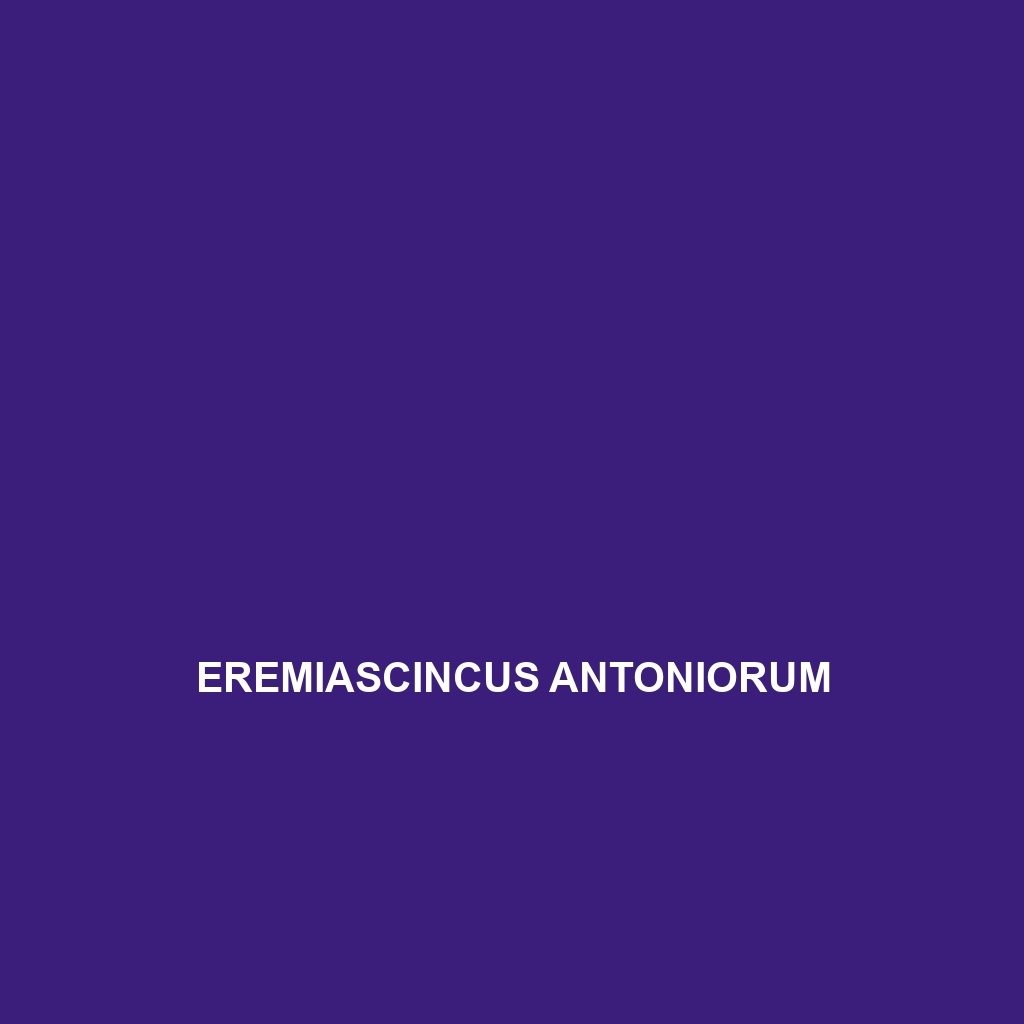Discover the intriguing Sonora taylori, or Taylor’s Sonora, a slender desert-dwelling species known for its remarkable adaptability and distinctive tan and brown patterned skin. Thriving in the arid landscapes of the southwestern United States and northwestern Mexico, this nocturnal predator plays a crucial role in controlling insect populations and maintaining ecological balance.
Tag: desert adaptation
Phrynocephalus mystaceus
Discover the <b>Moustached Dragon</b> (<i>Phrynocephalus mystaceus</i>), a resilient desert lizard from Central Asia, known for its striking yellowish-brown coloration, distinctive throat spines, and insectivorous diet. With its unique adaptations for life in arid environments, this species plays a vital role in maintaining the ecological balance while showcasing fascinating behaviors such as territorial displays and ambush hunting.
Pachydactylus otaviensis
<p><b>Pachydactylus otaviensis</b>, also known as the Otavi thick-toed gecko, is a nocturnal insectivore native to the arid regions of Namibia, distinguished by its stout body, thick toes, and remarkable camouflage that aids in its survival among rocky terrains. This species plays a vital role in controlling insect populations and maintaining ecological balance within its habitat.</p>
Mesalina saudiarabica
Discover the resilient Mesalina saudiarabica, a fascinating lizard native to the arid regions of Saudi Arabia, known for its distinctive slender body, remarkable agility, and adaptability to extreme desert conditions. This insectivorous species plays a crucial role in maintaining ecological balance by controlling insect populations.
Liolaemus vallecurensis
Liolaemus vallecurensis, a medium-sized lizard from South America, thrives in semi-arid habitats of Argentina and Chile, exhibiting distinctive earthy coloration for camouflage and engaging in vibrant territorial displays during the breeding season. This insectivorous species plays a crucial role in its ecosystem by regulating insect populations while also serving as prey for larger predators.
Eremias yarkandensis
The Eremias yarkandensis, commonly known as the Yarkand racerunner, is a slender, agile lizard native to the arid regions of Central Asia, measuring 15 to 25 cm in length with pale brown or beige coloration and darker stripes. This diurnal insectivore plays a vital role in its ecosystem by controlling insect populations and serving as prey for larger predators.
Eremias vermiculata
Discover the spotted sand lizard (<i>Eremias vermiculata</i>), a slender, diurnal reptile from eastern Europe to Central Asia, known for its remarkable speed and adaptability to arid habitats. Adorned with distinctive markings, this insectivorous lizard plays a crucial role in its ecosystem by controlling pest populations and serving as prey for larger wildlife.
Eremias kopetdaghica
<p>Discover the unique <b>Eremias kopetdaghica</b>, or Kopetdag Sand Lizard, a resilient species native to the arid regions of Central Asia, characterized by its slender body, sandy coloration, and quick movements. This insectivorous lizard plays a crucial role in its ecosystem by regulating insect populations and serving as prey for larger animals.</p>
Echis omanensis
<p><b>Echis omanensis</b>, a distinctive nocturnal snake native to Oman and the Arabian Peninsula, typically measures 60 to 90 centimeters, features a triangular head, and exhibits a cryptic coloration for effective camouflage. Adapted to arid environments, it plays a crucial role in the ecosystem as a predator of small mammals and reptiles, while its potent venom aids in capturing prey.</p>
Cyrtopodion kiabii
Cyrtopodion kiabii, a nocturnal gecko native to the rocky, arid regions of southeastern Iran, known for its effective camouflage, insectivorous diet, and fascinating territorial behavior. This Vulnerable species plays a crucial role in maintaining ecosystem balance while showcasing remarkable adaptability to extreme environmental conditions.









